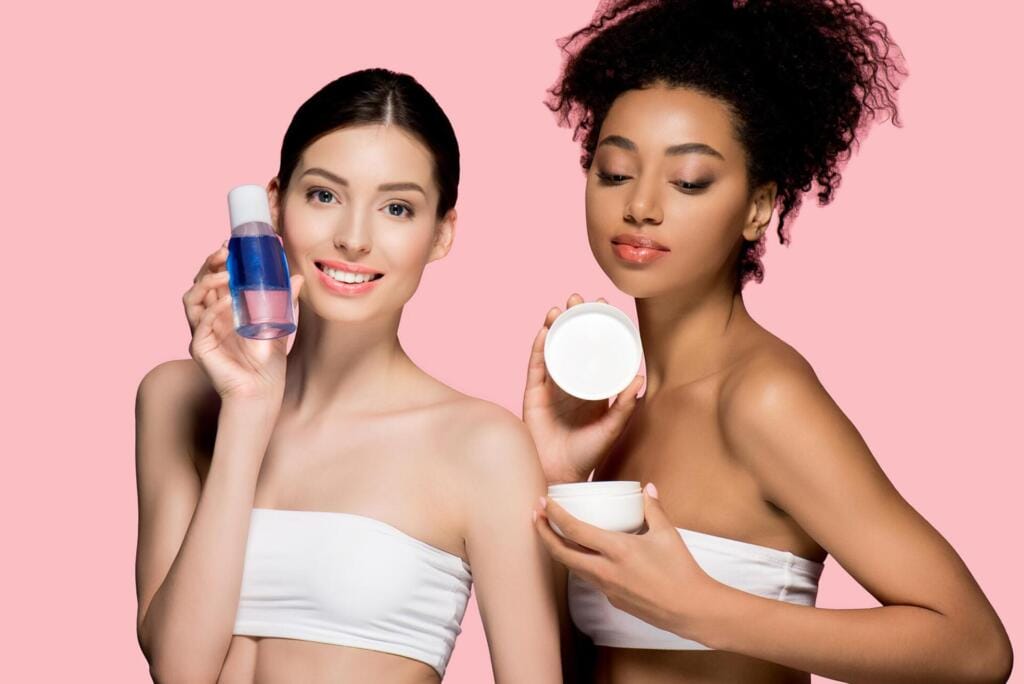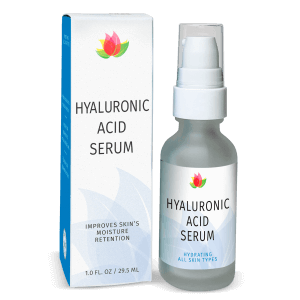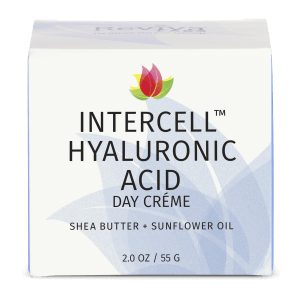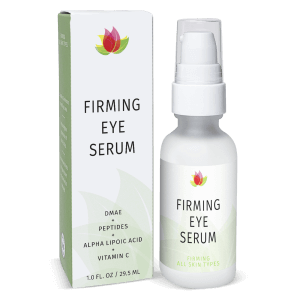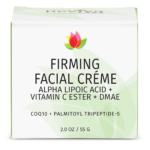Reviva Labs, Skin Care
Budget Friendly Skincare Routine for Radiant Skin Without Breaking the Bank
Skincare can feel like a luxury that’s out of reach, especially when you see creams, serums, and oils that could cost as much as a week’s worth of groceries. But effective skincare doesn’t have to mean spending a fortune. In fact, there’s a surprising amount you can do for your skin with a small budget, as long as you’re consistent and selective about the products you use. Let’s explore how to build a budget-friendly skincare routine that leaves your skin healthy and glowing—without making your wallet wince.
You may have heard that the skincare market is booming. Statista projects it will grow to over $190 billion by 2025. This growth isn’t just due to luxury products; consumers are looking for more affordable options, too. After all, why pay more if you don’t have to?
Start with the Basics: The Core of a Skincare Routine
To get the most value from skincare without overspending, the key is to focus on the essentials. The basics of skincare revolve around three steps: cleansing, moisturizing, and protecting. These steps are effective, accessible, and easy to follow.
Cleansing is essential for removing dirt, sweat, makeup, and environmental pollutants from your skin. A basic, gentle cleanser is all you need—no frills or high price tags necessary. Consider fragrance-free formulas, as they’re often better for sensitive skin and are typically more affordable. One trick is to look for a cleanser that works both in the morning and at night. This way, you don’t have to invest in two different products.
Moisturizing helps maintain your skin’s hydration and keeps it feeling soft and smooth. Moisturizers don’t need to be elaborate. For budget-friendly options, opt for ones with basic hydrating ingredients like glycerin, hyaluronic acid, or ceramides. Many affordable moisturizers contain these ingredients and can help your skin stay hydrated and balanced.
And don’t forget the most important part of any skincare routine: sunscreen. Sunscreen protects your skin from harmful UV rays, which not only prevent sunburns but also help prevent premature aging. Daily use of sunscreen is one of the most affordable and effective ways to maintain healthy skin over time. Look for a broad-spectrum sunscreen with an SPF of at least 30. Many drugstore sunscreens are highly effective and budget-friendly, so this is an area where you can save.
Avoid the Hype: Focus on Ingredients Over Branding
When building a budget-friendly skincare routine, it’s easy to be distracted by flashy packaging or celebrity endorsements. But remember, good skincare is all about ingredients. Many affordable products contain the same active ingredients as high-end versions, but without the steep price.
Take vitamin C, for instance. This powerful antioxidant brightens the skin and helps reduce the appearance of fine lines. Instead of spending on a luxury product, look for a drugstore serum with 5-10% vitamin C. Higher percentages can be beneficial, but a lower concentration can still be effective while being gentler on the skin (and the budget).
Hyaluronic acid is another ingredient you’ll find across both budget and high-end skincare. It’s known for its hydrating properties, making it an excellent addition to any routine. Many drugstore brands carry affordable hyaluronic acid serums that deliver just as much hydration as their pricier counterparts. Apply it to damp skin to help lock in moisture.
For anti-aging, retinoids are one of the most well-researched options. Retinol, a form of vitamin A, is available in many affordable formulas that can improve skin texture and minimize fine lines over time. While prescription-strength options can be costly, over-the-counter retinol products are effective and easy on the wallet.
Skincare at Every Age: Tailoring a Budget Routine to Your Skin’s Needs
Skincare needs change over time, so it’s wise to adjust your routine as your skin ages. In your twenties, focus on prevention—cleansing, moisturizing, and protecting. The goal here is to keep the skin balanced, hydrated, and shielded from sun damage.
In your thirties, consider adding antioxidants like vitamin C in the morning, followed by a sunscreen. Antioxidants help fight free radical damage and can brighten the skin. If you’re starting to notice early signs of aging, you might want to add a retinol product at night, starting with a lower concentration and gradually increasing as your skin adjusts.
By the time you reach your forties, the skin naturally starts to lose collagen, leading to more visible fine lines and a drier skin texture. Keep up with a gentle cleanser, moisturizer, sunscreen, and add in a more nourishing nighttime routine. Consider hydrating ingredients like ceramides and peptides, both of which are available in affordable formulas.
Simplify Your Routine to Save Money and Reduce Skin Irritation
One of the secrets to budget skincare is to keep it simple. Overdoing it with products can irritate the skin, and it’s also hard on the wallet. You don’t need five different serums, two cleansers, and multiple moisturizers. Stick to the essentials and add only what your skin needs at any given time.
If you’re dealing with specific skin issues, such as acne or pigmentation, look for affordable, targeted treatments. For example, salicylic acid is a great option for acne-prone skin because it’s effective at exfoliating within pores and reducing oil. Niacinamide is a multitasking ingredient that can help with redness, blemishes, and even out skin tone. The beauty of these ingredients is that they’re often found in budget-friendly formulations, so you don’t need to spend a fortune to address these concerns.
Routine Consistency: The True Key to Skincare Success
No matter how great your products are, they won’t work if you’re not consistent. It’s easy to get excited about new products, but skincare is a long game. Commit to a routine and give it time—most skincare products show real results after about six to eight weeks of regular use.
Budget-friendly skincare is about more than finding the cheapest options; it’s about finding the best value. Think of each purchase as an investment in your skin, not just a “cheap” alternative.



